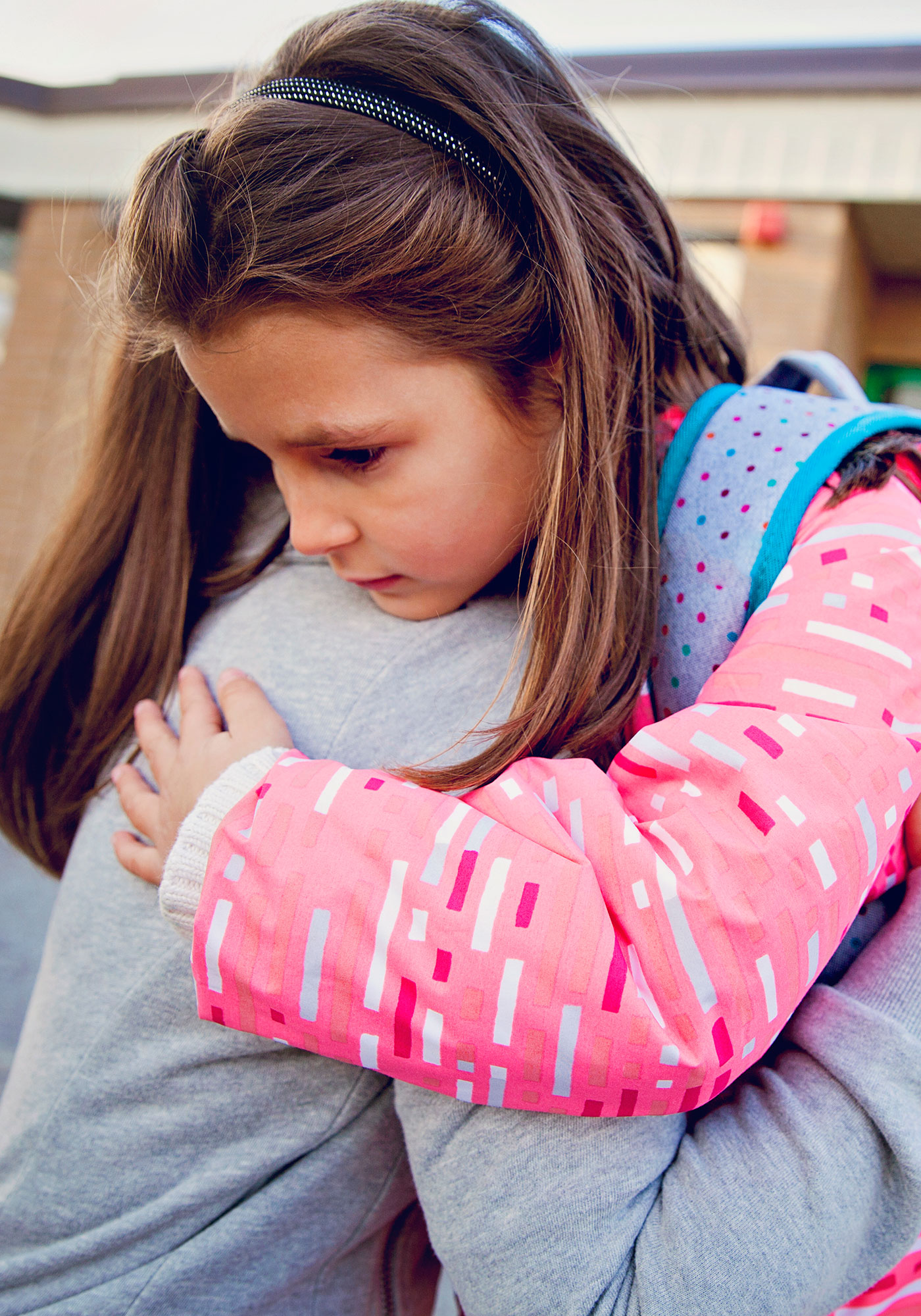
While students, parents, teachers and school safety officials have many concerns when it comes to school safety, an active shooter/attack tops the list across stakeholders. This and more was revealed through the 2022 State of School Safety Report, which assesses perceptions, issues and gaps in understanding safety in schools through a nationally representative survey of parents of K-12 students, school stakeholders/employees and school/public safety officials.
The fifth annual survey and report, produced by Safe and Sound Schools in partnership with Raptor Technologies and Lightspeed Systems, highlights safety issues important to all stakeholders and identifies areas where further exploration, education and conversations are needed.
One key finding of the report — student perceptions of their own safety, their school’s preparedness for emergencies, and their school climate and culture were consistently lower than the perceptions of the adults in the survey. This indicates a need to listen more fully to student voice.
While most respondents in all surveyed groups feel schools are safe, students themselves felt less safe in school than staff perceived they are — 68 percent of students agreed with the statement “I feel safe in school” while 87 percent of educators agreed. “This indicates a general lack of confidence and/or knowledge of safety preparedness efforts among the most important stakeholders of safety, a trend which has persisted year over year in this annual study,” states the report. “Re-education on safety procedures and reporting systems may be necessary to combat the decline in safety perceptions.”
Another area where perceptions between students and educators differ greatly is sexual assault/abuse cases. The survey results found that educators are more likely to perceive that schools are prepared to deal with incidents of sexual assault/abuse (77 percent) than students (54 percent). “Given that two out of three sexual abuse victims fall between the ages of 12 and 17, with 82 percent being females under 18, school preparedness for incidents of abuse is especially important to student safety,” according to the report.
In other categories, students feel their schools are not sufficiently prepared to handle acts of aggression/discrimination or recognize neglect/abuse, and students and educators alike feel schools are not sufficiently prepared for gang activity/recruitment.
Although all groups indicated that schools provide at least one of the mental health services/programs listed in the survey, there were some respondents who reported that they either didn’t know of such programs or that no such programs are offered at their school.
As mentioned, one trend throughout the data is that educators were among those that felt the most confident in their school’s preparedness to handle a variety of crises and emergencies, while students were amongst those that felt the most unsure or unprepared. These differences in responses reveal a need for community-wide conversations and outreach in order to increase knowledge, engagement and confidence for all members of the school community. This includes student voice — only 61 percent of students surveyed agreed that their school or district takes their feedback seriously.
- Training: While school safety programs and products can be invaluable, school communities should focus on building school safety capacity and training for the people that support student safety and wellness.
- Examine and address underlying causes of violence and abuse: Across all groups, respondents reported strong concerns about bullying and harassment. While awareness campaigns have a role to play, schools must look deeper into what is causing the behaviors. Increasing adult supervision, mechanisms for reporting abuse and implementing a Multi-Tiered System of Support can help.
- Build student confidence and engagement: Increasing school safety education and service opportunities and inviting students to participate in the discussion and lead school safety initiatives actively can help engage and give voice to this most critical stakeholder group. Schools must also provide prompt response to student input, feedback and suggestions to ensure student confidence and participation in school safety.
- Prioritize mental health and wellness: School communities should engage in long-term, strategic planning to build capacity, educational programming and school- and community-based resources to support student mental health and wellness.
- Increase awareness of behavioral threat assessment and management: Survey responses regarding this topic showed that while a surprising number of students and parents are aware of this prevention and intervention process, increased awareness, education and community outreach may increase confidence and engagement, improving the quality of the process, the success of student supports and interventions, and overall school safety.
- School resource officers (SROs): Across all respondents, SROs are identified as important to ensuring school safety, with overall participant agreement of 84 percent. “Though clearly a specialized role in law enforcement, the presence, relationship-building, and advocacy for our students that SROs provide is evident in the overall confidence reported by respondents. Trained to respond in times of crisis and build relationships in between classes, our SROs are an important part of the multi-disciplinary school safety team. Survey responses reveal an opportunity for additional engagement and continued outreach to students to ensure that all community members take advantage of this school safety resource,” states the report.